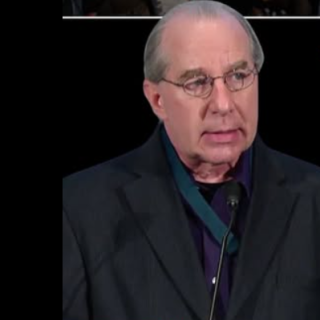In Columbus, the housing crisis is everywhere. People who have been left behind are begging on street corners. For those with housing, rents have skyrocketed, smaller landlords and properties have been bought up by massive corporations, and tenants have been forced to renew their leases or look for a new place to live sooner and sooner after moving in. "Affordable housing" has become a regular topic for city officials challenged by a frustrated public. But what does Columbus think "affordable housing" looks like?
The document above is connected to Columbus's infamous tax abatement policy--through which many large developments in our city pay zero property tax for years. That policy requires some developments to have 20% of housing units set aside for "affordable" housing: 10% to be "affordable and rented to households making up to 80% AMI [Area Median Income]" and an additional 10% "affordable and rented to households making up to 100% AMI".
The instructions at the bottom tell us to take the 50% rent limits and double them to get 100% limits, then multiply those by 80% to get the 80% limits. Doing this, we get an 80% group ranging from $1,068.80 for an efficiency to $2,139.20 for a 6 BR. That's a $1,000/month studio apartment which counts as affordable housing. This is the lowest rent cap put in place by this policy. The median rent in Columbus, according to the city's "Opportunity Zone Prospectus," is $889/month. So how is a policy based on "area median income" capping "affordable" studio apartments at well above the average rent in the city?
Part of the problem is what area is taken into account for the AMI. This is up to the census department, who have decided to calculate it based on greater metropolitan areas for cities, which includes suburbs surrounding them. Another problem is this affordable housing is using a measure including people who own their homes, even though this affordable housing would be rented. We know, as a general rule for cities, the poorest people tend to live within city limits and tend to rent. Wealthy suburbs, where a majority of people own their homes, tend to have much higher income than renters in the city. Put these together and we get an AMI that puts "average income" for Columbus at $84,600/year and "low wage income" at $67,680/year.
It's not like Columbus city officials don't know this is a problem. The tax abatement policy, the guidelines for "affordable rent" above, and the median rent in the city all come from documents officially put out by Columbus. This policy is a result of "The Columbus Way," an approach to city management which emphasizes cooperation between the public and private sectors. Unfortunately, the reality of this approach tends to mean the interests of corporations get put ahead of the interests of the citizens of Columbus. This is clear when looking at the housing crisis in the city. According to the National Alliance to End Homelessness, the Columbus area has seen a 39% increase in its homeless population over the last ten years (2010-2019), even as homelessness has fallen across the State of Ohio.
All of these numbers are from before the COVID crisis. With this crisis, we've seen a spike in missed rent payments, evictions, and homelessness. Columbus has set up emergency shelters to help with the surge in the homeless population and new pandemic requirements put in place, but with the city's track record as it is on housing and homelessness under "normal" circumstances, one has to ask: will it be enough?
-------------------------
Matt Ellis is a worker in Columbus and graduate of OSU.



